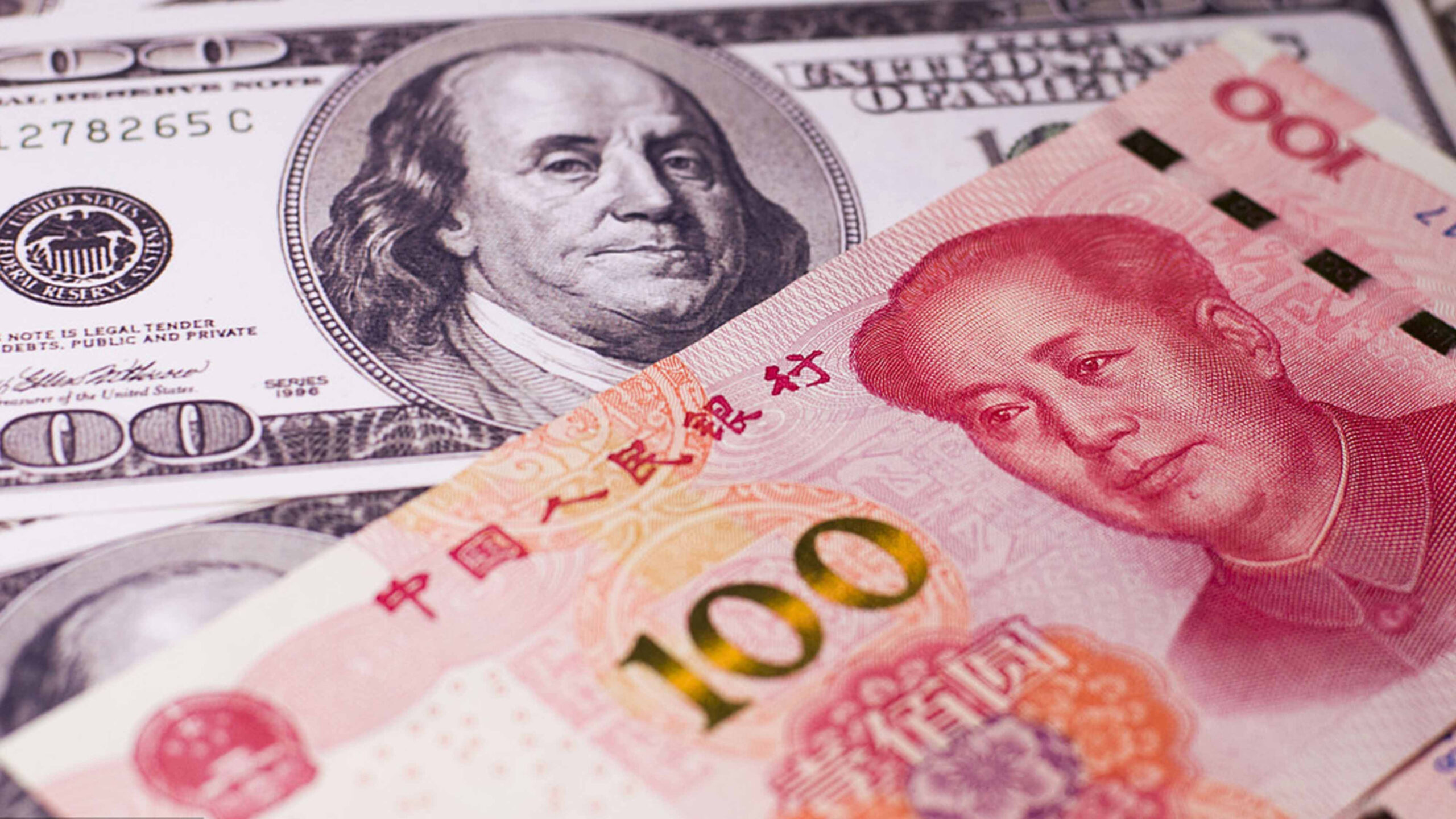A low-cost position entered into during the US session Thursday stands to mint around $15 million if the 10-year Treasury note’s yield — currently around 4.5% — reaches 4.25% by May 24. It would lose just as much, however, if the 10-year yield rises to around 4.7%.
The position is a risk-reversal, in which put options were sold to finance the purchase of call options. The options reference CME Group Inc.’s June 10-year note futures contract, with strike prices of 108.25 for the puts and 109.75 for the calls. The cost to the trader was about $150,000 for 20,000. Open-interest data for Thursday indicated that the transaction set new risk, rather than reducing an existing position.
Related story: Aggressive Options Trade Targets Bond Rally Within 2-Week Expiry
The position starts to make money if 10-year yields fall below 4.35% and to take on water if they rise above 4.58%, but profit or loss accumulates quickly beyond those levels, Bloomberg analysis shows.
The trade has several possible motivations. If linked to an underlying position in Treasury futures, it could be a cheap hedge for a rally sparked by next week’s April inflation and retail sales data. It could also be a wager on implied volatility, where an increase would lift the prices of the options. In any case, the holder of the strategy should be able to mitigate losses by making adjustments or by exiting the position if yields start to climb.
At a time when several major Wall Street banks are still forecasting a Federal Reserve interest-rate cut in July, the Treasury market is at risk from economic data that could forestall one. In addition, Chair Jerome Powell is among the Fed officials slated to speak over the next week and a half, on May 14 and May 19.



